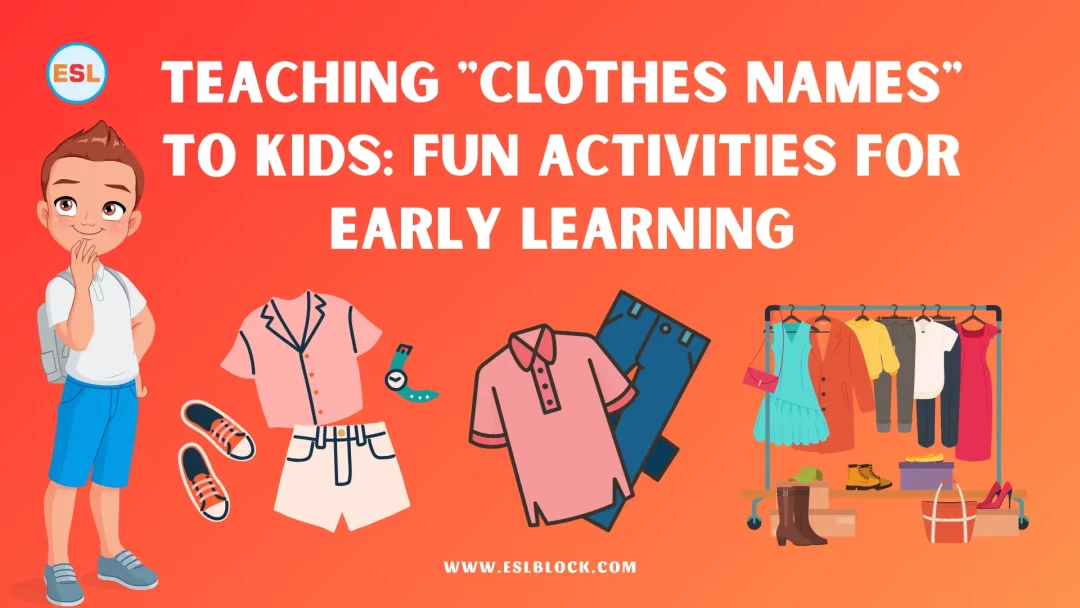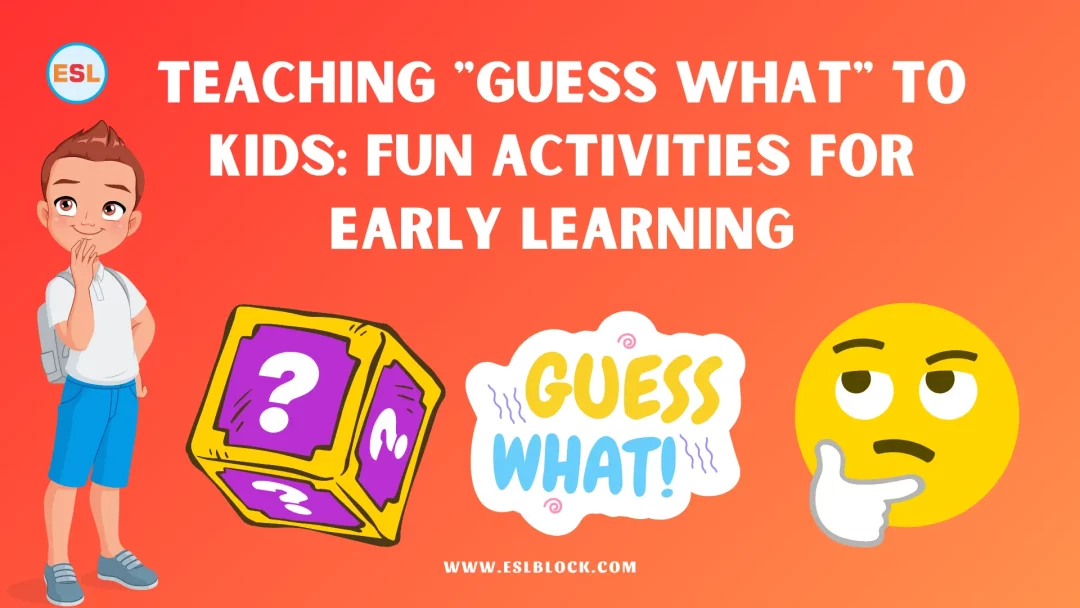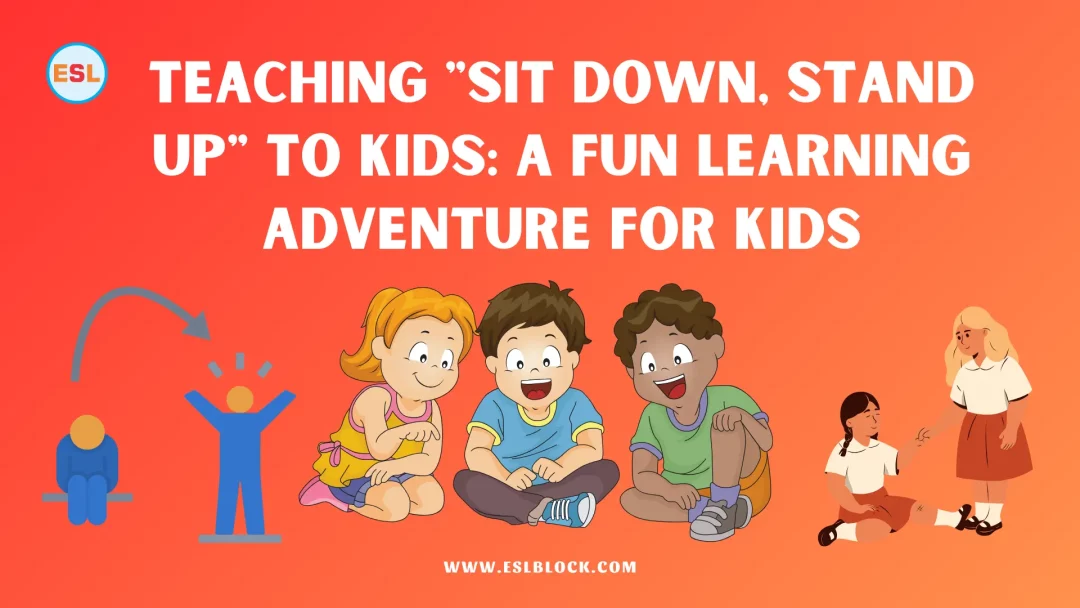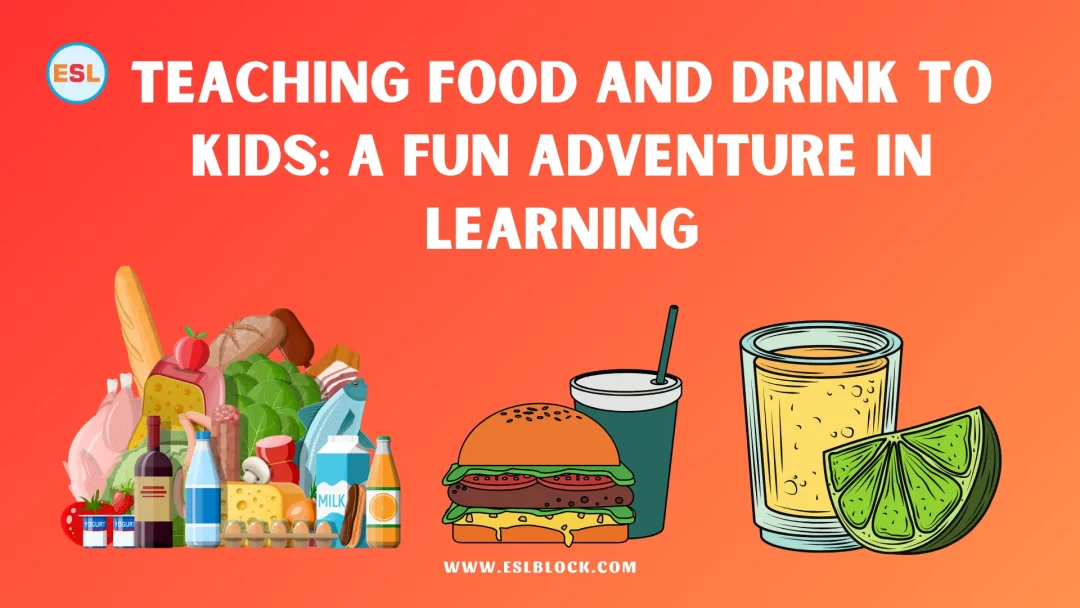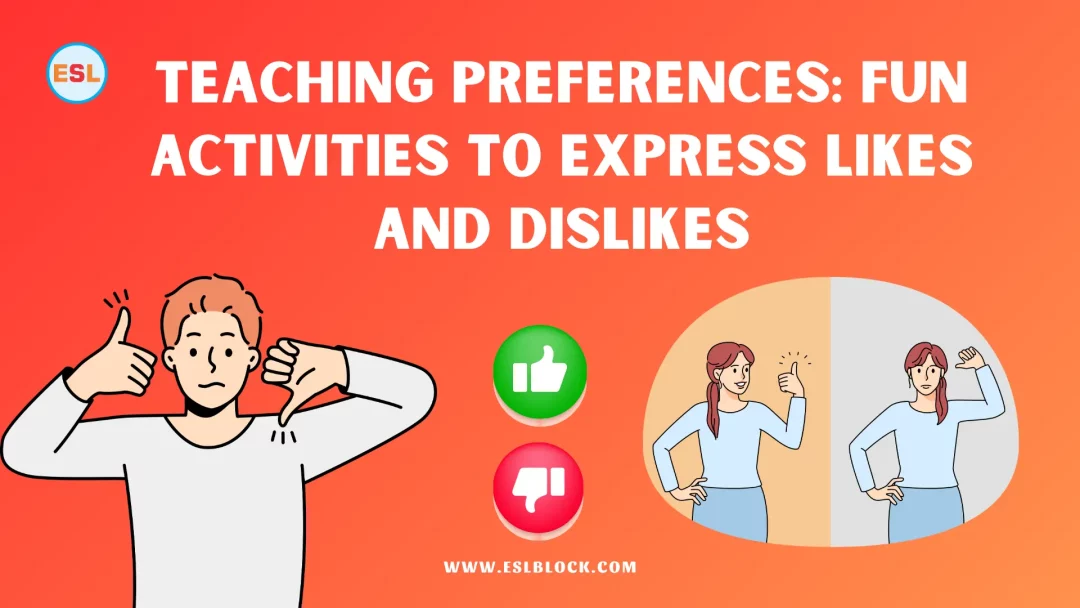Teaching Lip Reading: Enhancing Communication Skills in Kids

![]()
Hello, I’m Sophia. In this article, I will teach children about Lip Reading. Let’s explore various ways to express the concept of “Lip Reading” through activities.
Communication is at the core of human interaction, and for some individuals, lip reading becomes an essential skill. Teaching lip reading to kids can significantly enhance their communication abilities, especially for those with hearing impairments or those interested in understanding non-verbal cues better.
All of these activities about teaching “Lip Reading” have been thoroughly verified using reputable sources to ensure their authenticity before being included. Source: Your Info Master.
Read also: Teaching Alphabet Flies to Kids with Engaging Activities
Engaging Activities for Teaching Kids About Lip Reading
Here are some creative and engaging activities to help teach lip reading to your young learners, ensuring an inclusive learning environment.
- Emotion Expression: Use exaggerated facial expressions to convey different emotions. Have kids guess the emotion by observing your lips and facial movements.
- Mirror Games: Encourage children to mirror your lip movements in front of a mirror. This helps them understand how different sounds and words are formed by lip shapes.
- Storytelling: Tell stories using clear lip movements. Pause occasionally to let the kids guess the words or phrases you are saying.
- Visual Phonics: Use visual phonics charts displaying lip and tongue positions for different sounds. Practice these positions together.
- Sound Imitation: Make various sounds without voice, and have the kids guess the sound by focusing on your lip movements.
- Speech to Lip Reading: Start with simple words and phrases, pronouncing them clearly while emphasizing lip movements. Gradually progress to more complex sentences.
- Lip Reading Games: Create games where kids identify words or phrases by lip reading. Use flashcards with lip patterns representing different words.
- Song Lyrics: Choose songs with clear lyrics and sing them slowly, emphasizing lip movements. Kids can try to lip read the lyrics along with the song.
- Role-playing: Engage in role-playing activities where kids act out scenarios while focusing on lip reading to understand the dialogue.
- Daily Routine Practice: Practice lip reading during everyday activities like reading menus, signs, or labels.
Example Sentences with Lip Reading
Here is a list of example sentences with Lip Reading:
- Hello, how are you?
- What is your name?
- I like to read books.
- The sun is shining brightly.
- Let’s play in the park.
- Can I have some water, please?
- Good morning, teacher.
- It’s time for lunch now.
- Where is your backpack?
- See you tomorrow, friends!
Read also: Teaching Letter Catcher: A Fun and Engaging Way to Master the Alphabet
Conclusion
Teaching lip reading to kids not only enhances their communication skills but also fosters empathy and understanding among peers. These activities not only make learning enjoyable but also create a supportive environment where every child can thrive.
If you found the teaching activity about “Lip Reading” helpful, please consider sharing it with your friends via email or on social media platforms like Pinterest, Twitter, Instagram, or Facebook. Thank you very much!
Did you do the “Teaching Lip Reading” activity? If yes, which part did you like the most? Please tell us in the comments below!
Recap of what we just learned
- Introduction
- Engaging Activities for Teaching Kids About Lip Reading
- Example Sentences with Lip Reading
Related Articles
Here are some more articles for you!
- Teaching Preferences: Fun Activities to Express Likes and Dislikes
- Guess the Animal: An Engaging Learning Activity for Kids
- Unlocking the World of Numbers with Number Balloons: A Fun Learning Adventure for Kids
- Exploring My Family: Engaging Activities for Kids
- Teaching Country Names: Fun and Engaging Activities for Kids
- Teaching “He and She” to Kids: Engaging Activities and Sentences
- Teaching Kids “What’s Your Name?” with Fun Activities
- Teaching Numbers to Kids: Engaging Activities for Early Learning

